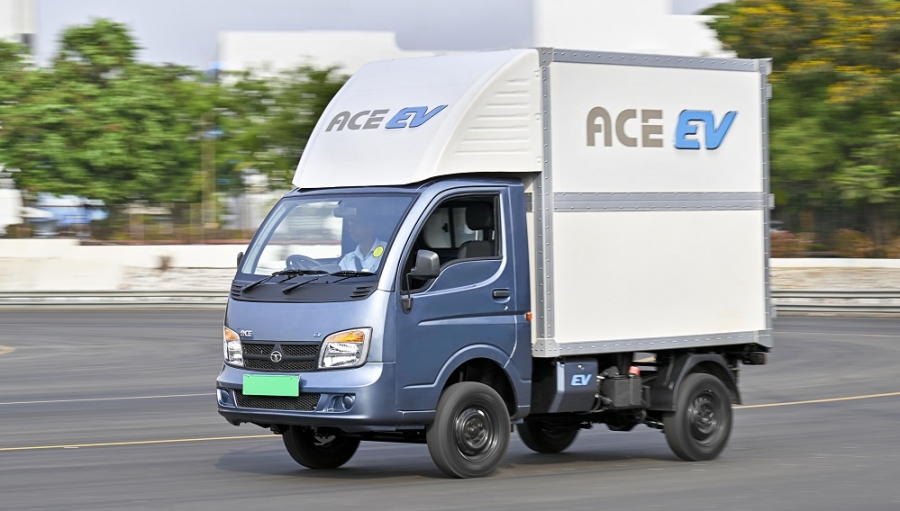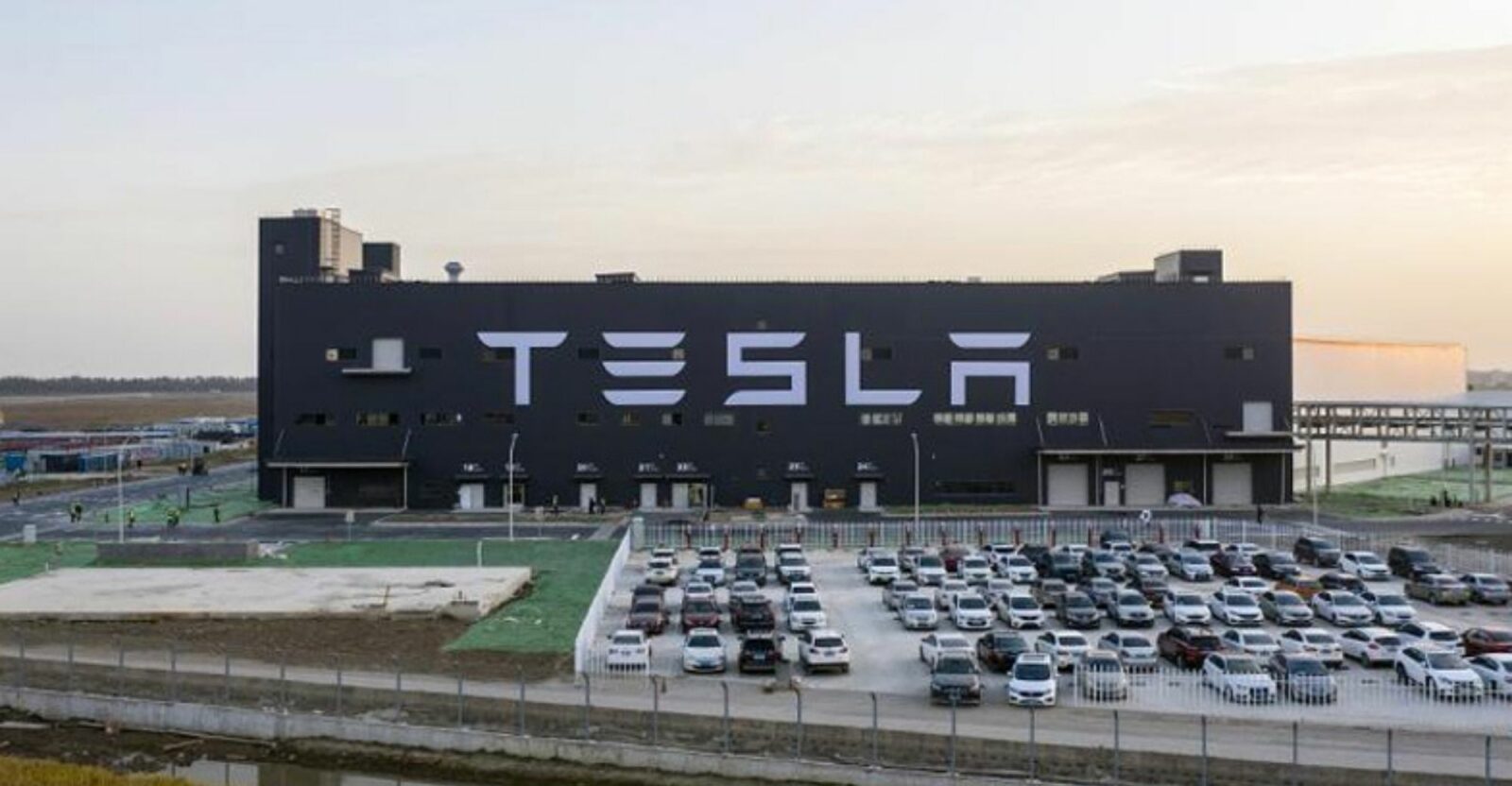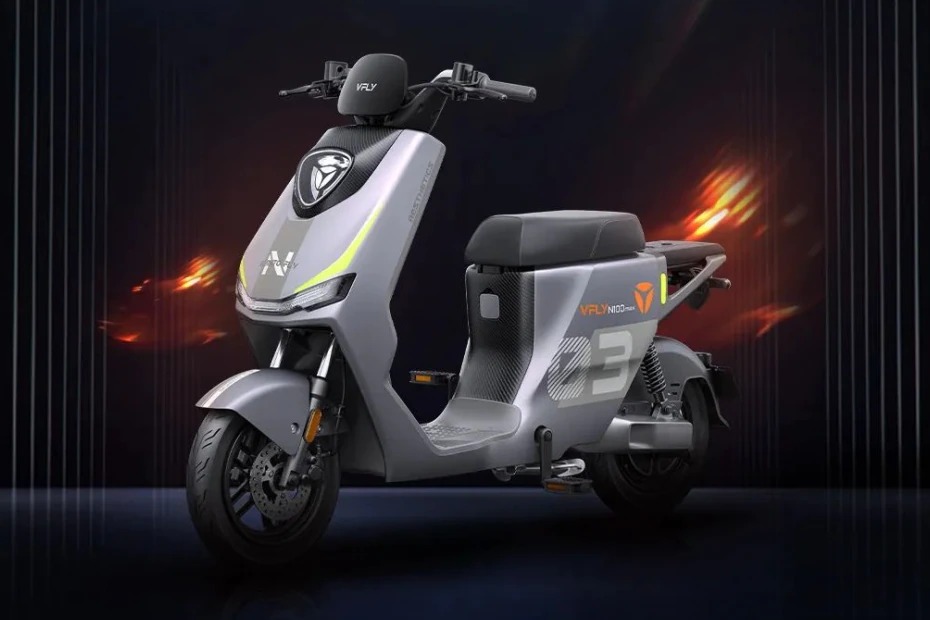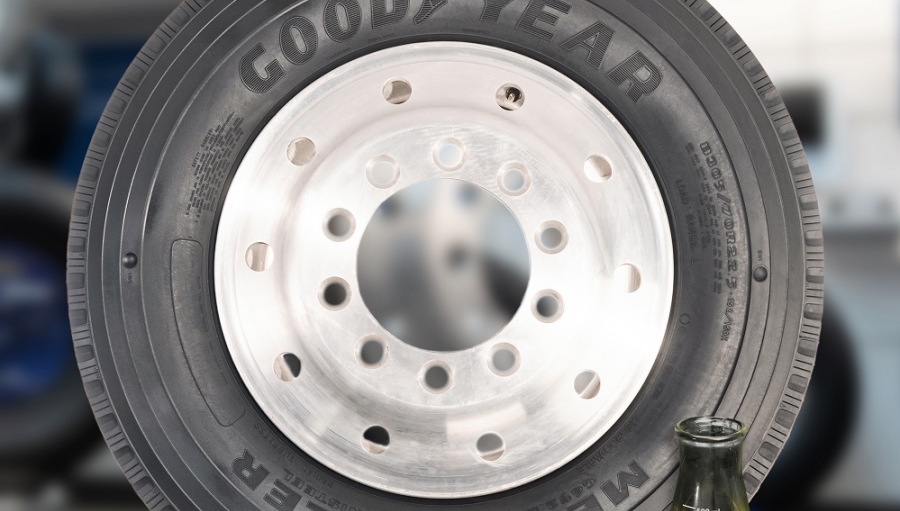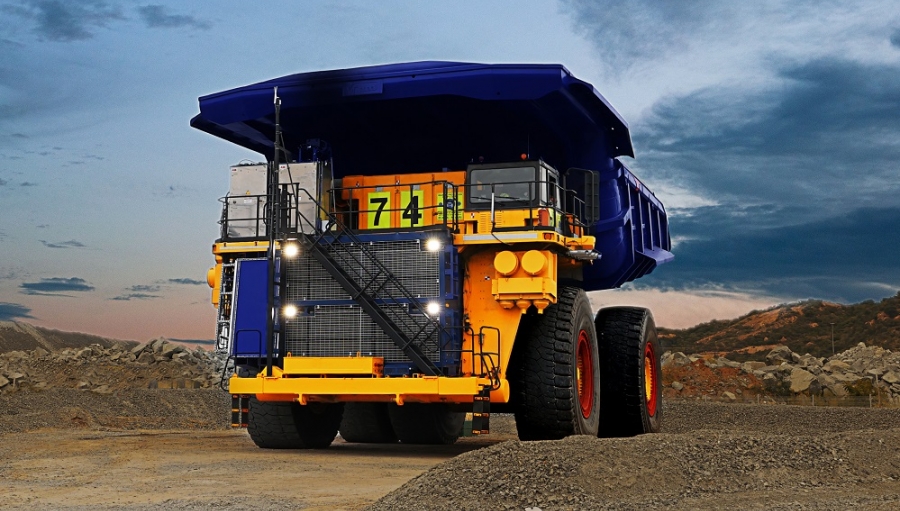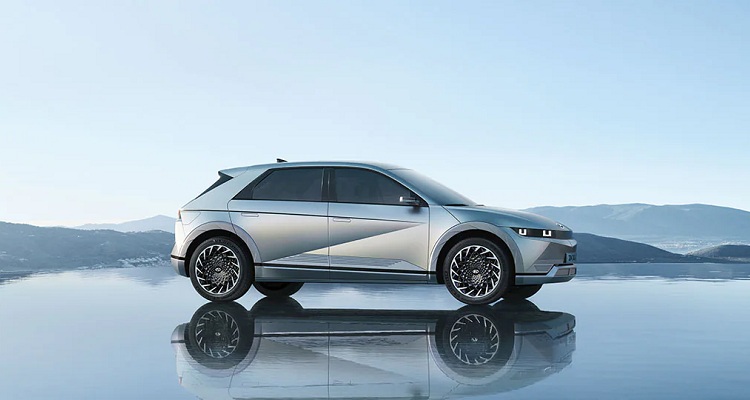Tata Motors has just launched their Ace EV electric vehicle. This electric vehicle is an electric version of the Tata Ace that uses an internal combustion engine.
This electric commercial car has overall dimensions of 3,800 mm in length, 1,500 mm in width, 2635 mm in height and has a wheelbase of 2,100 mm and a grond clearance of 160 mm.
The Tata Ace EV has the same design as the internal combustion version. But about the features, the interior of this electric commercial car gets a 7-inch infotainment system with Bluetooth connectivity.
See also: Tata Motors Unveils Avinya EV Concept, range up to 310 miles
Interestingly, the Indian car manufacturer’s instrument cluster is mounted on the center dashboard above the infotainment system which is equipped with a rear parking camera feature to a tire pressure monitoring system.
In addition to meeting the cost-effective and efficient long-distance delivery needs, the Ace EV is also ready to serve its customers’ conscientious commitments and future aspirations to achieve a zero-emissions carbon footprint.
The Tata Ace EV is the first product to feature a Tata Motors Evogen powertrain that offers an unrivaled certified range of up to 154 kilometers. The chassis of the Ace EV is also claimed to be made of lightweight and durable materials that perfectly match the requirements of e-commerce logistics.
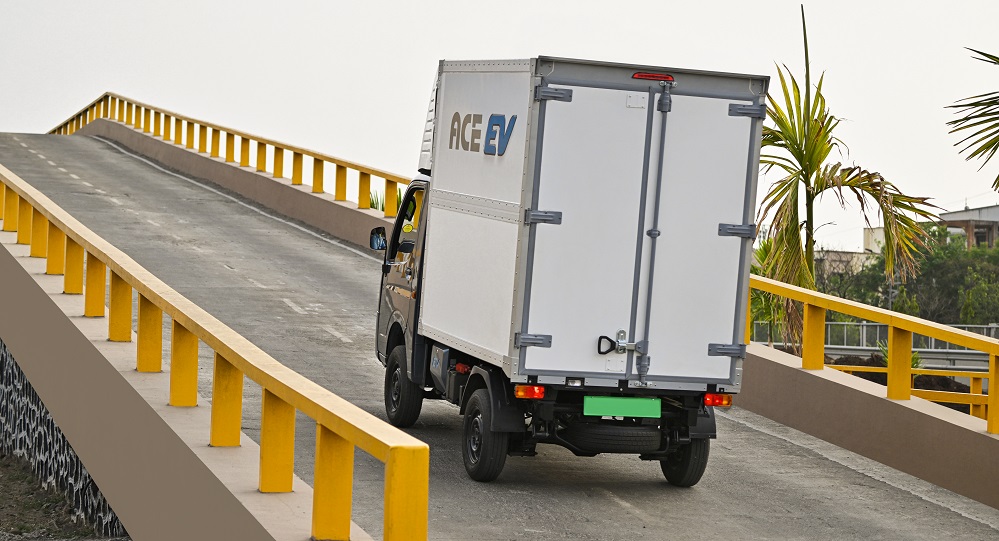
The Ace EV is equipped with a Lithium Ion Iron phosphate (LFP) battery with a capacity of 21.3 kWh and is powered by a 36 hp electric motor with a peak torque of 130Nm. The power is sent to the rear wheels via a single-speed, clutch-free transmission.
See also: Tata Motors Unveils Tata Curvv SUV Concept with electric powertrain
The power is designed to ensure a top cargo volume of up to 5.88 cubic meters capable of carrying a payload of up to 600 kg and a 22% gradeability that allows easy ascent under full load conditions.
This commercial car provides safe operation with an advanced battery cooling system and a regenerative braking system to increase driving range in all weather conditions.
This commercial vehicle allows regular and fast charging capabilities for high uptime. This battery can be charged from 10% to 80% in 105 minutes with fast charging. Meanwhile, with regular charging, the battery can be charged from 20% to 100% in 6-7 hours.

